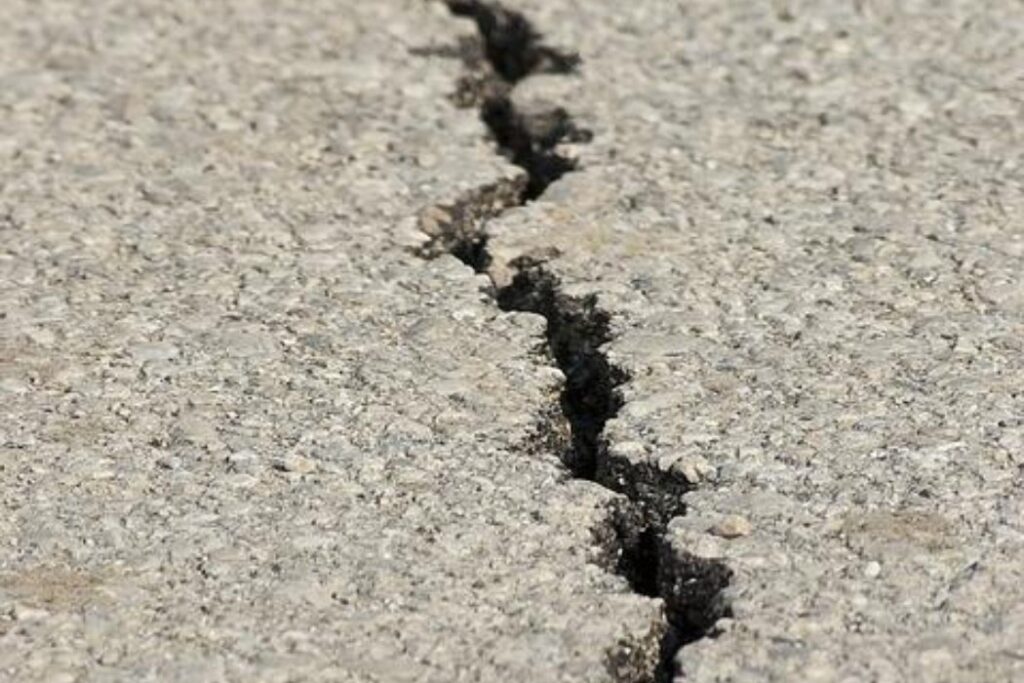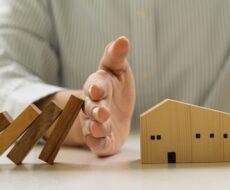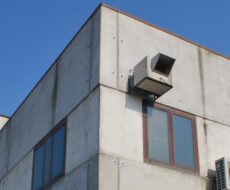
June 16, 2022
What to do in an earthquake
Over the last thousand years, there have been about three-thousand earthquakes in Italy, causing damage varying in severity, with three hundred of them greater than 5.5 in magnitude. The latter can be highly destructive, and generally there is one every ten years that has catastrophic consequences in terms of human lives and destruction.
It is worth remembering that all Italy’s districts can experience damaging earthquakes, even though those at potentially higher risk are concentrated in the north/east region (western Liguria), along the northern, central and southern Apennines, as well as Calabria and Sicily in the south.
Find out more about Italy’s earthquake zones.

When it comes to buildings — both residential/commercial and, above all, industrial — horizontal oscillations are the most damaging. Hence seismic work on precast concrete buildings and other types of buildings guards against possible dramatic consequences (let’s not forget that, at 4.04 in the morning on the 20th of March, an earthquake measuring 5.9 on the Richter scale shook the Finale Emilia area in the north).
These catastrophic situations are the result of buildings collapsing, not the earthquake per se.
The former can be controlled and avoided, while the latter is inevitable because it is a natural event and, as such, unforeseeable.
All new industrial buildings are now built to earthquake standards, which is an important step in the right direction in preventing those worst-case scenarios. However, it is a different matter for those built before 2009: the application of said standards only became law in Italy from 1 July 2009.
Preventive action
The Italian government is constantly working, through various ad hoc departments, to improve awareness around earthquakes and their effects, monitoring the country through the development of specific studies, policies to reduce the vulnerability of public and private building stock (for example, introducing tax break schemes like Sisma Bonus to allow people to claim tax credit on earthquake strengthening costs), emergency management, specific emergency plans for local authorities, and initiatives to promote public awareness through publications and seminars.
More specifically, for those in the manufacturing sector, it is important to know the year the precast concrete buildings were erected (including any outbuildings housing offices and plant rooms), as well as the type of precast element, the material they were built from, the type of connection between load-bearing elements, etc.
Wherever possible, interiors need to be made safe with a number of minor measures:
- fasten shelving to the wall
- place heavier items closest to the floor
- keep designated escape routes clear at all times
- know where the gas shutoff cocks and main switchboard are located
- have a list of emergency numbers to call (emergency services, civil defence, gas provider, electricity provider, etc.)
Action in the immediate term
Whether you are in a production department (for example, inside a precast concrete building) or in an office at the company’s headquarters, and you feel the start of a series of shakes, you need to put into effect whatever actions are required to handle the event as safely as possible, diligently following the instructions contained in the emergency plan prepared by the employer (and it is essential that every worker is familiar with the plan’s contents beforehand and has taken part in evacuation drills as prescribed by law).
Whatever the case, if there is an earthquake, always remember to:
- Stay away from glazing and windows
- Avoid lifts of any kind (which could stop if the power goes out)
- Take cover under a solid structure (which, depending on the area you are in, may be a work bench if you are in a workshop, or a desk if you are in an office)
- Only use internal stairs if they are safe and are included as an escape route on the emergency plan
- Do not run outside in a fit of panic or hysteria: while this may be a natural reaction, it can be mitigated by constantly taking part in drills and learning the proper action to take
Once you are outdoors, you must:
- Follow the route directions given on the evacuation plan
- Keep away from buildings, trees, streetlamps and power lines, which could collapse
- Keep mobile use to a minimum so as not to overload nearby power lines
- Do not use cars to leave the assembly point until the shaking has stopped
- Provide people who need it with first aid, but only if you are qualified to do so
- Do not leave the area you are in without advising one of those present first
- Always keep calm so as not to further fuel general anxiety
Civil defence in general has shown us good practices that can help us mitigate seismic risk, whether we are in a production environment, in the office, or at home.
It is important to be as prepared as possible to tackle emergency situations, without improvising, and instead following the instructions given, which are based on analyses, studies and tested drills.
Prevention is a fundamental factor in reducing seismic risk. Seriana S.p.A. has a long track record in this field, carrying out hundreds of seismic upgrades for structures and precast concrete buildings of various kinds.
It is worth visiting the Italian civil defence website rischi.protezionecivile.gov.it for other related facts






